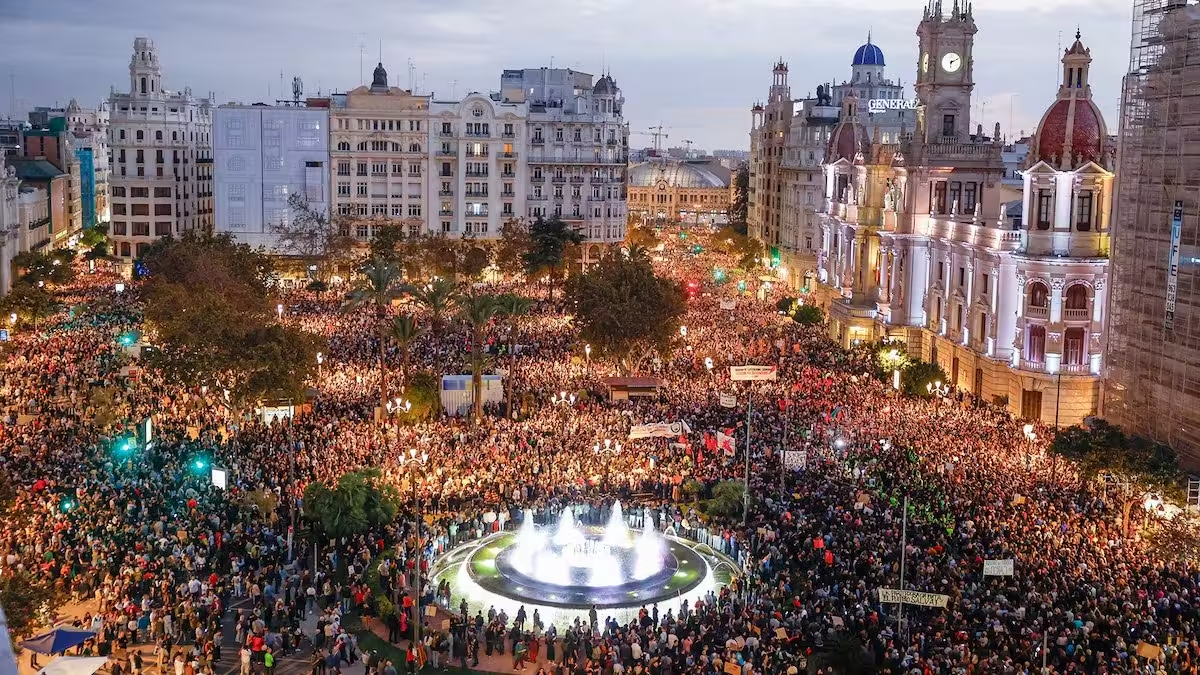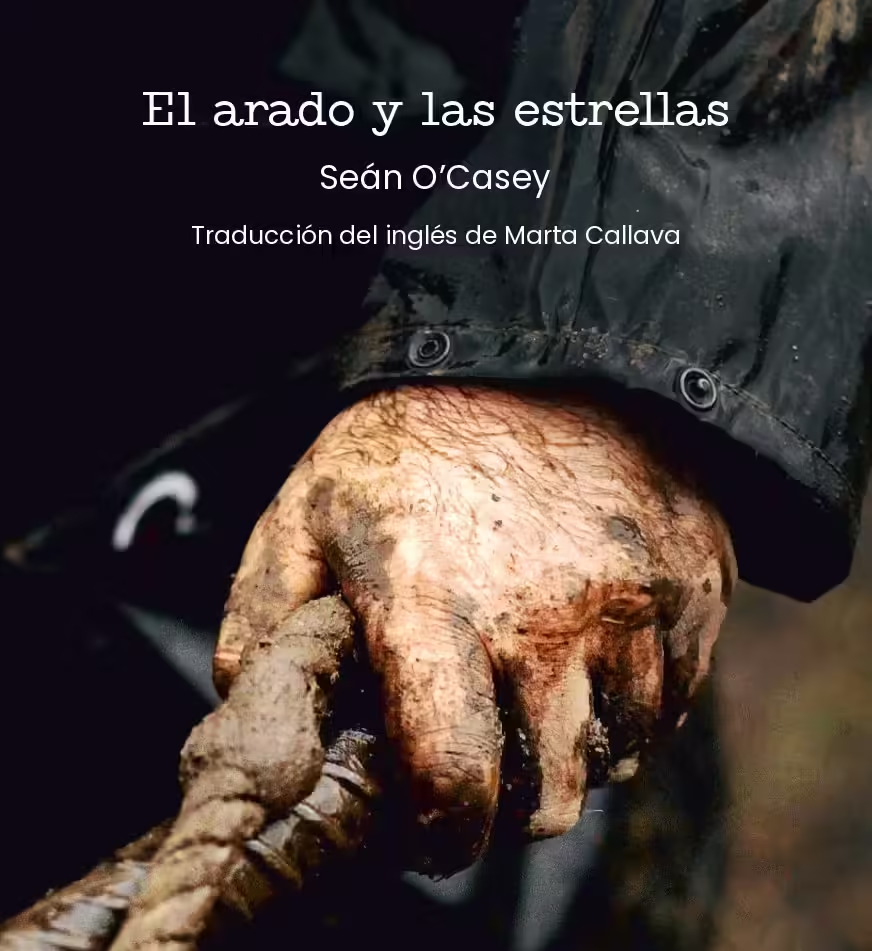Rosalía Leads a New Era for the Spanish Language
The Spanish language, long spoken by hundreds of millions and understood by many more, is no longer confined to regional hits or Latin-only charts. Streaming platforms and global pop culture have unlocked its potential in a way that allows songs in Spanish to grow internationally, and to shift how we think about global pop.
Data backs this up. For example, Spanish-language music in the U.S. moved from 4.2% of the Top 10,000 tracks in 2021 to 8.1% in 2023. In Spain itself, consumption of music in Spanish has grown to 62% of the market, while English-language music has dropped. And reggaetón, Latin trap, dembow now accounts for nearly a quarter of global streaming charts.
What this means: the world increasingly accepts, and even demands, music in languages other than English. And Spanish benefits from being spoken by so many and having rich musical traditions.
Rosalía: the Spanish-language star redefining pop
Enter Rosalía. Born in Barcelona, she first gained attention by reworking flamenco tradition into contemporary pop (her breakthrough album El Mal Querer) and then pushed further with MOTOMAMI. But now with LUX she seems to be making a grand statement: Spanish-language music isn’t just entering the mainstream, it can re-imagine it.
With LUX, Rosalía recorded with the London Symphony Orchestra, uses 13 languages in the lyrics (Spanish and Catalan among them) and frames the album around themes of mysticism, feminine power and transformation. Critics describe it as a “tower of Babel” pop album that elevates her to a global icon.
When you read reviews, the tone is stunning. One headline: “Pop has a new goddess” (referring to Rosalía). Another: “Rosalía’s ‘Lux’ is unlike anything in mainstream music — thank God.”
It’s worth noting how this plays into the broader Spanish-language rise: here is an artist making a Spanish-language (and multilingual) album that doesn’t feel niche; it feels global. She’s proving that you can sing in Spanish (or Catalan, or mix languages) and still reach worldwide audiences, while doing something bold and artistically rich.
Few artists have pushed Spanish music into the global mainstream like Rosalía. Her latest album, LUX, has once again proved she’s not just riding a wave, she’s creating it. The New York Times podcast could barely contain its excitement, comparing her to Björk and calling her “the best pop artist in the world.” That’s a big statement, but it feels earned. Rosalía’s sound blends genres and traditions, flamenco, reggaeton, electronica, while staying true to her roots. It’s bold, emotional, and completely hers.
And the world has taken notice. Her concerts sell out in minutes, her videos rack up millions of views, and her Spanish lyrics remain proudly untranslated. She’s proof that you don’t need to switch to English to go global anymore.
On top of all that, she’s about to make her acting debut in Euphoria, a move that feels perfectly in step with her evolution. This could open the door to a whole new audience who might first discover her not on Spotify, but on screen.
Bad Bunny and the Power of Language
Of course, the conversation about Spanish-language music going global isn’t complete without Bad Bunny. Though Puerto Rican (and not Spanish-European), he’s singing in Spanish and dominating real estate in the music world. He has now been announced as the headliner for the Super Bowl LX Halftime Show (on 8 February 2026), a clear signal that Spanish-language music has reached one of the world’s biggest stages
His global appeal is a strong indicator of how the world is comfortable, even excited, with non-English major hits. And when someone like Bad Bunny is on the biggest stage in U.S. sport, the language barrier fades. What matters is rhythm, emotion, swagger… and yes, Spanish.
From Almodóvar to Netflix: Spanish on Screen
The influence of Spanish goes well beyond music. Streaming platforms have opened the door to a whole new wave of Spanish-language storytelling. Shows like Money Heist (La Casa de Papel), Elite, and Narcos became global hits, introducing millions to Spanish dialogue, culture, and even slang.
And we can’t talk about Spanish cinema without mentioning Pedro Almodóvar, whose films have shaped international perceptions of Spanish storytelling for decades. His collaborations with Penélope Cruz and Javier Bardem are legendary, emotional, daring, and unapologetically Spanish. Cruz, of course, made history when she won an Oscar for her role in Vicky Cristina Barcelona, a film that danced between English and Spanish with the same ease she does.
The Beauty of Speaking Between Languages
There’s something fascinating about watching actors like Penélope Cruz or Javier Bardem switch between languages. Their English is fluent but carries a trace of rhythm and melody from Spanish, and that makes it more interesting, more human. It’s a reminder that language isn’t just communication, it’s character. People often say their personality shifts slightly when they change languages; they might sound softer, or maybe bolder, or even more deliberate. Watching Cruz perform in English, you can see how that plays into her roles; she carries her Spanish sensibility into every line, giving her characters an extra dimension. It’s a surprise that filmmakers and storytellers don’t play with this more often.
A Global Love Affair with Spanish
It’s a good time to be speaking Spanish, or learning it. From Latin trap to Spanish cinema, from Netflix thrillers to poetry readings in Madrid cafés, Spanish is everywhere. It’s a language that carries history, passion, and rhythm in every syllable.
Rosalía may be at the centre of this current moment, but she’s part of something much larger, a cultural shift that celebrates authenticity over adaptation. The world is no longer asking Spanish artists to translate. We’re finally listening in their language.
Share this content:




1 comment